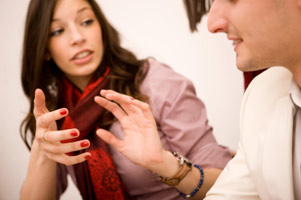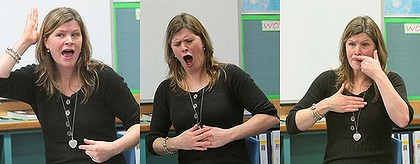LSI San Diego Academic Director Blake Winter discusses the hugely understated importance of body language and gesture in language learning.

“It has been said that language captures the melodies, rhythms and tones of the people speaking it, that each way of communicating around the world embodies the culture it comes from. And yet, when one travels or is hesitant to fully attempt conversation in a new language, there is a second method of communication that proves equally useful: gesture. Body language, too, goes a long way at showing how a culture interprets the world.
Perhaps you are looking for a bite to eat, a restroom to use, a map to hold or simply trying to find the entrance to a cathedral. In these cases, body language can get your point across without a word being said. At times the same gesture is used differently in two or more cultures, often leading to some interesting confusion. Everyone has an anecdote about trying to use a certain gesture in a foreign land and getting an unexpected result.
When learning a new language, adopting the local gestures and body language as part of that language can be a significant way to reinforce learning new vocabulary, sentence structure and pronunciation. For example, if you see an old friend and remark “Hey buddy, long time, no see!” with your hands at your sides, you are not projecting the idea you are welcoming a conversation. On the other hand, if you have your arms wide and splash a big smile over your face, you are clearly showing that you would like to catch up with this old friend and exchange news.
Matching body movement and language can be categorized as kinaesthetic learning, which utilizes muscle memory and established neural pathways in unison. Think of the easiest way to explain a body movement verb: simply do it. Shrug, wink, clap, cough, sneer, grimace, pout, sigh, yawn—no written definition replaces the directness of action.
If you’re still not convinced gesture is key to language acquisition, compare a phone conversation with a person-to-person encounter. Which is more difficult and why?
When you are picking up new phrases and refining your speaking skills, linking these words to a corresponding gesture is an effective and proven shortcut to help you remember faster and easier.”

